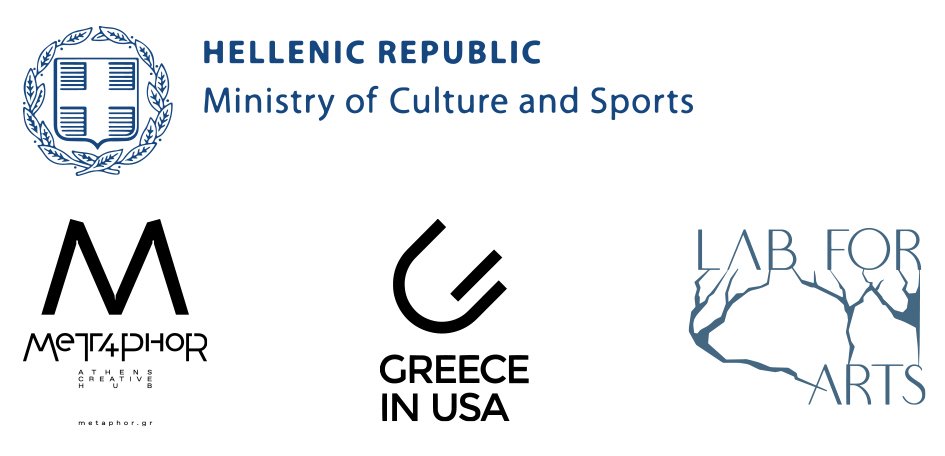
Jul
29
to Aug 21























Adriana Furlong Untitled, 2022, 18”x24”, hand cast cement tiles, archival blueprints, copper dust (oxidized) on dry-wall
Calliope Pavlides Babyproofing, 2020, 36”x48”, oil on canvas
Chris Lloyd, when death embraces life, 2021, 11 x 17", ballpoint pen over watercolor on archival water color paper
Dan Mandelbaum Tiles 1, 2022, 32” x 26”, ceramic mounted on plywood
Jonah Schwimmer Spirit desire (4), 2021, 14” x 11”, colored pencil, pen, gouache, tape, acrylic medium, paper on canvas
Zack Rafuls, Wisdom Totem, 2018, mixed media

